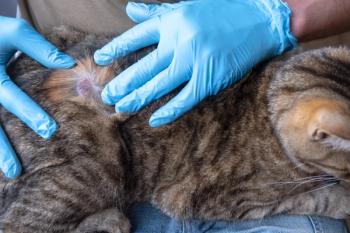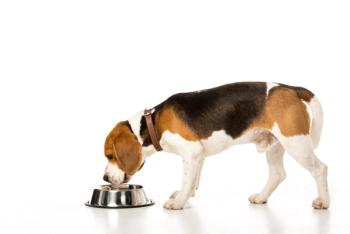
APPA says pet spending is up, predicts big jump in veterinary care
National Report - While repots within the veterinary profession are signaling an alarm that visits are down, a new poll from the American Pet Products Association indicates that 16 percent of dog owners and 13 percent of cat owners say their pets' health takes as much priority as their own.
NATIONAL REPORT — While reports within the veterinary profession are signaling an alarm that visits are down, a new poll from the American Pet Products Association (APPA) indicates that 16 percent of dog owners and 13 percent of cat owners say their pets' health takes as much priority as their own.
The survey, released April 5, also projects spending on veterinary care to jump $1.2 billion this year to a total of $12.2 billion, well above the $8.2 billion spent just five years ago.
But the most recent surveys are showing disconnects between how often cats are taken to the veterinarian and how often cat owners say they take their cat to a veterinarian.
For example, the APPA survey reports that cat owners took their pets to the veterinarian more in 2010 (2.4 visits) than in 2008 (2.1 visits), spending almost doubled for surgical visits ($423 in 2010 versus $278 in 2008). Canine visits remained steady over the two-year period, reports APPA.
In contrast, a recent report says on declining veterinary visits, the National Commission on Veterinary Economic Issues, Brakke Consulting and Bayer Animal Health say 56 percent of veterinarians reported a drop in overall visits from 2009 to 2010, and one-third of cat owners did not take their cat to the veterinarian in more than a year.
Overall, APPA's report states that pet owners spent 2 percent to 5 percent more on their animals during the last few years of recession than in previous years, though some specialty items have posted declines. Sales of specialty-formulated dog foods have dropped about 14 percent, while specialty food for cats declined 2 percent. The APPA report also says that the number of overweight dogs and cats is dropping.
Overall pet ownership is up too, APPA adds, with estimates coming in at 72.9 million pets—up 2.1 percent over last year. Dogs and cats account for about three-quarters of all pets, and four-out-of-10 households have multiple pets, APPA adds. The report places the lifetime cost of pet ownership at $11,000 each, even during a recession. The primary shopper for pet products is a 47-year-old female, the report adds.
Newsletter
From exam room tips to practice management insights, get trusted veterinary news delivered straight to your inbox—subscribe to dvm360.




